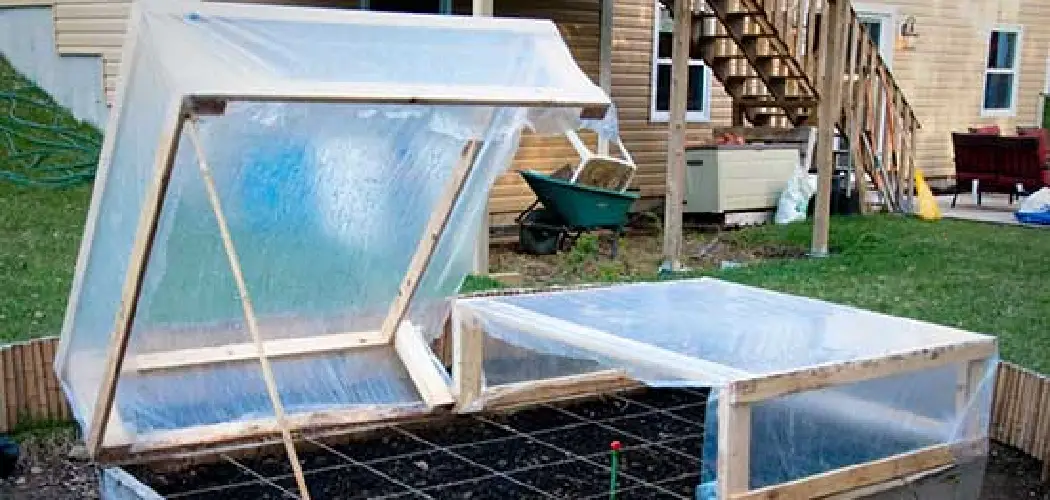Creating a greenhouse is a fantastic way to nurture plants, extend the growing season, and protect delicate crops from the elements. To achieve these benefits, knowing how to attach greenhouse plastic to a wood frame effectively is essential. In this article, we will explore how to attach greenhouse plastic to wood frame. From selecting the right materials and preparing the frame to stretching and fastening the plastic covering, we’ll provide you with a comprehensive guide.
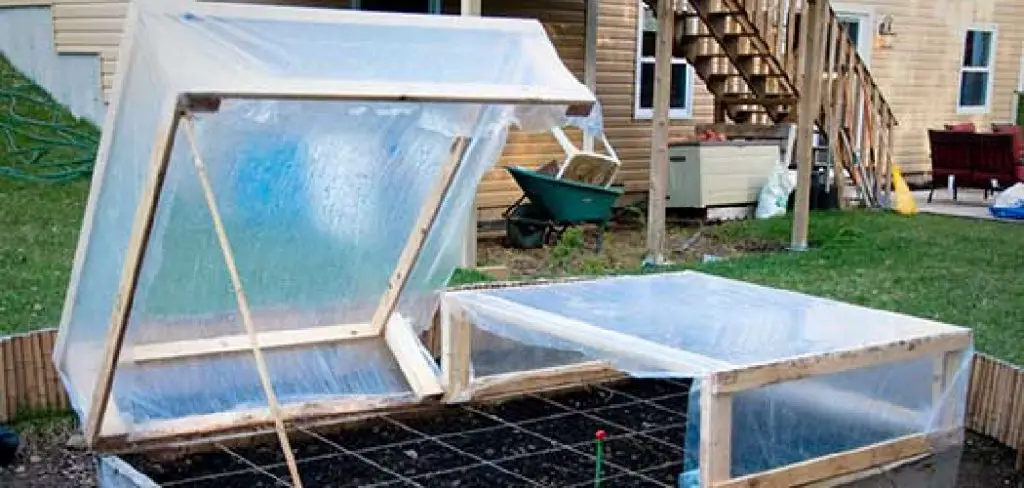
Whether you’re a gardening enthusiast or a professional grower, understanding this process is key to ensuring a stable, weather-resistant, and energy-efficient environment for your plants. By mastering the art of attaching greenhouse plastic to a wood frame, you’ll be well-equipped to create a thriving and productive space for your horticultural pursuits.
Importance of Attaching Greenhouse Plastic to a Wood Frame
Greenhouses are used for growing plants, fruits and vegetables all year round. They provide an ideal environment for plants by controlling the temperature, humidity and light exposure. However, without proper attachment of greenhouse plastic to a wood frame, the benefits of a greenhouse can be compromised.
There are several reasons why attaching greenhouse plastic to a wood frame is important:
Protection from External Elements:
The primary purpose of a greenhouse is to protect plants from harsh external elements such as wind, rain, snow and pests. When the plastic is attached securely to the wood frame, it creates a barrier that shields the plants from these elements, allowing them to thrive in a controlled environment.
Retains Heat and Moisture:
Greenhouse plastic acts as an insulator, trapping the heat and moisture inside the structure. When properly attached to a wood frame, it creates an airtight seal that prevents the warm air from escaping and cold air from entering. This is crucial for plants to survive in colder climates.
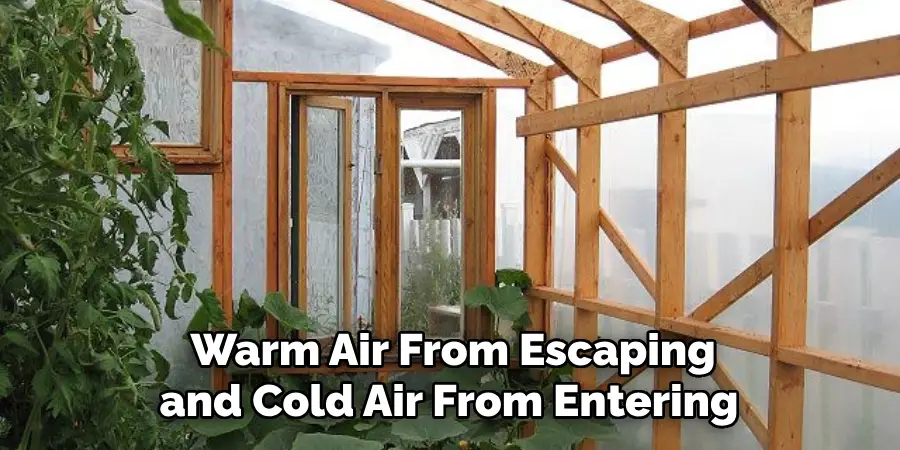
Prevents Damage to Plants:
Loose or flapping plastic can damage delicate plants by hitting them repeatedly with strong winds. If the plastic is attached securely to a wood frame, it will remain taut and prevent any damage to the plants.
Increases Energy Efficiency:
Properly attaching greenhouse plastic to a wood frame can also lead to energy efficiency. With an airtight seal, less energy is required to maintain the desired temperature inside the greenhouse. This can result in cost savings for heating or cooling systems.
10 Methods How to Attach Greenhouse Plastic to Wood Frame
1. Nails or Screws
Using nails or screws is one of the most common methods for attaching greenhouse plastic to a wood frame. This method is simple and effective, but it does require pre-drilling holes in the wood frame to ensure that the nails or screws do not split the wood. It is important to use galvanized nails or stainless steel screws to ensure that they will not corrode over time.
2. Grommets and Washers
Grommets and washers are another popular way of attaching greenhouse plastic to a wood frame. This method involves inserting grommets into pre-drilled holes in the wood frame and then securing them with washers and bolts. This method provides a secure attachment point for the plastic while also allowing some flexibility if the plastic needs to be adjusted over time.
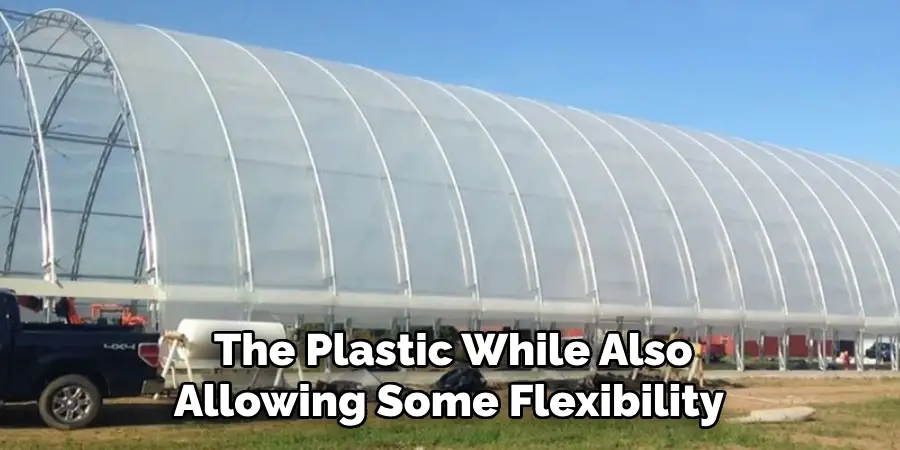
3. Adhesive Tape
Adhesive tape can also be used to attach greenhouse plastic to a wood frame. This method is best suited for short-term applications, as the adhesive may not hold up over time if exposed to sunlight or moisture. When using this method, make sure to use an outdoor-rated adhesive tape that is designed for use with plastics.
4. Clips
Clips are another option for attaching greenhouse plastic to a wood frame. These clips come in various sizes and shapes and can be secured with either screws or nails, depending on your preference. Clips provide a secure attachment point without requiring any pre-drilling of holes in the wood frame, making them ideal for quick installations where precision isn’t necessary.
5. Rivets
Rivets are a great way of securely attaching greenhouse plastic to a wood frame without needing any additional tools or hardware such as screws or nails. Rivets can be inserted directly into pre-drilled holes in the wood frame, providing a strong and durable connection once installed properly. They are also relatively inexpensive compared to other methods of attachment such as clips or grommets and washers.
6. Bungee Cords
Bungee cords can also be used as an effective way of attaching greenhouse plastic to a wood frame without needing any additional tools or hardware, such as screws or nails. Bungee cords provide enough tension when stretched across two points on the wooden frame so that they can hold up against windy conditions without breaking apart easily like other types of cord might do over time from wear and tear due to weathering conditions outdoors.
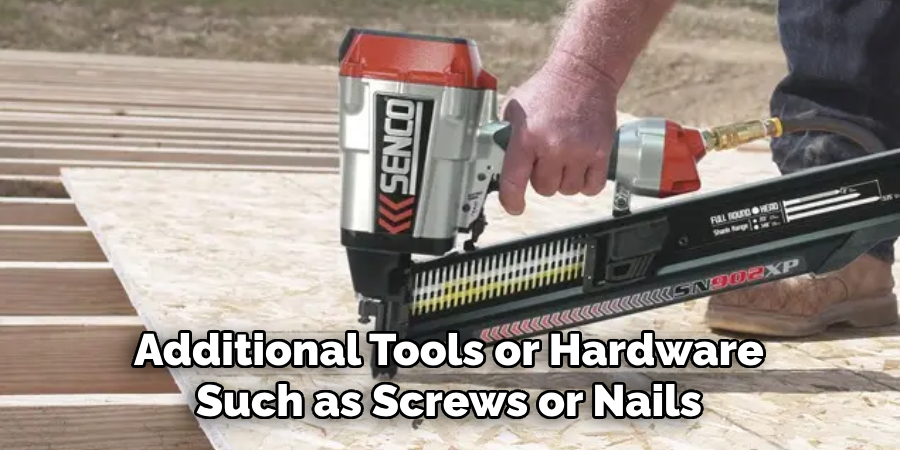
7. Cable Ties
Cable ties are another popular choice when it comes to attaching greenhouse plastic sheeting onto wooden frames without needing any extra tools or hardware such as screws & nails. Cable ties have strong gripping power,
which makes them ideal for this purpose, & they come in both reusable & disposable varieties, depending on your preference. They’re also very easy & quick to install, making them great for those who need their structures set up quickly.
8. Velcro Strips
Velcro strips are an excellent choice when it comes to attaching greenhouse plastics onto wooden frames since they don’t require any additional tools or hardware such as screws & nails.
They offer good gripping power & are easy & quick to install, making them perfect for those who need their structures set up quickly. Additionally, velcro strips are reusable, so you won’t have waste materials after taking down your structure at season’s end.
9. Glue Gun
A glue gun is another great option when it comes to attaching greenhouse plastics onto wooden frames since no additional tools or hardware, such as screws & nails, are needed. The glue gun melts special glue sticks, which then harden upon cooling, creating an incredibly strong bond between surfaces that won’t break apart easily, even under windy conditions outdoors.
It’s important, however, that you use an outdoor-rated glue gun & glue sticks specifically designed for this purpose so that it doesn’t degrade over time due to weathering conditions outdoors.
10. Staple Gun
A staple gun is an effective way of attaching greenhouse plastics onto wooden frames since no additional tools or hardware such as screws & nails are needed ( although you may want some protective gloves when using this tool ! ) The staple gun shoots out metal staples which create an incredibly strong bond between surfaces that won’t break apart easily even under windy conditions outdoors. However, it should be noted that stapling too close together could cause damage/weakening of the material itself, so make sure you space out your staples carefully!
Things to Consider When Attaching Greenhouse Plastic to Wood Frame
When it comes to building a greenhouse, one of the most important steps is attaching the plastic covering to the wood frame. This step is crucial in order to create a suitable environment for growing plants and protecting them from harsh weather conditions.
Types of Greenhouse Plastic
Before starting the attachment process, it is essential to understand the different types of greenhouse plastic available in the market. The most common types are 6-mil polyethylene and 4-year UV-protected greenhouse plastic.
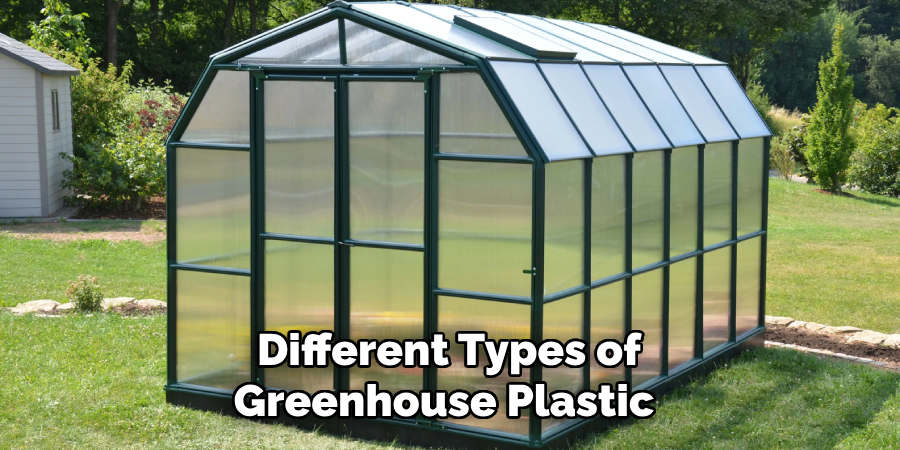
The 6-mil polyethylene is a durable, clear plastic that can withstand harsh weather conditions and provide ample sunlight for plant growth. On the other hand, the 4-year UV-protected plastic has an added layer of protection against harmful UV rays, making it more suitable for long-term use.
Tools and Materials Needed
Attaching greenhouse plastic to a wood frame requires some basic tools and materials. These include a staple gun, staples, scissors, and a utility knife. It is also important to have some extra plastic on hand in case of any mistakes or tears during the attachment process.
Window and Door Openings
When attaching greenhouse plastic to a wood frame, it is crucial to properly plan for window and door openings. These areas can be tricky to cover and require special attention to ensure a tight seal. It is recommended to create a flap of plastic around the opening and secure it with staples or double-sided tape.
Conclusion
With the right supplies and a mindful approach, you can easily attach plastic greenhouse film to a wood frame in no time. Knowing how to attach greenhouse plastic to wood frame is an essential skill for any gardener or homeowner looking to build their own greenhouse. Just follow the steps mentioned in this piece and you can effortlessly install the plastic.
Ultimately, it is well worth the effort because having control over your growing environment offers far more options than traditional gardening methods. If you’re looking for an opportunity to get creative with your gardening, learning how to mount a plastic covering on a wooden frame will provide many possibilities and give you greater flexibility in terms of container sizes, planting habits, soil types, and so much more.

